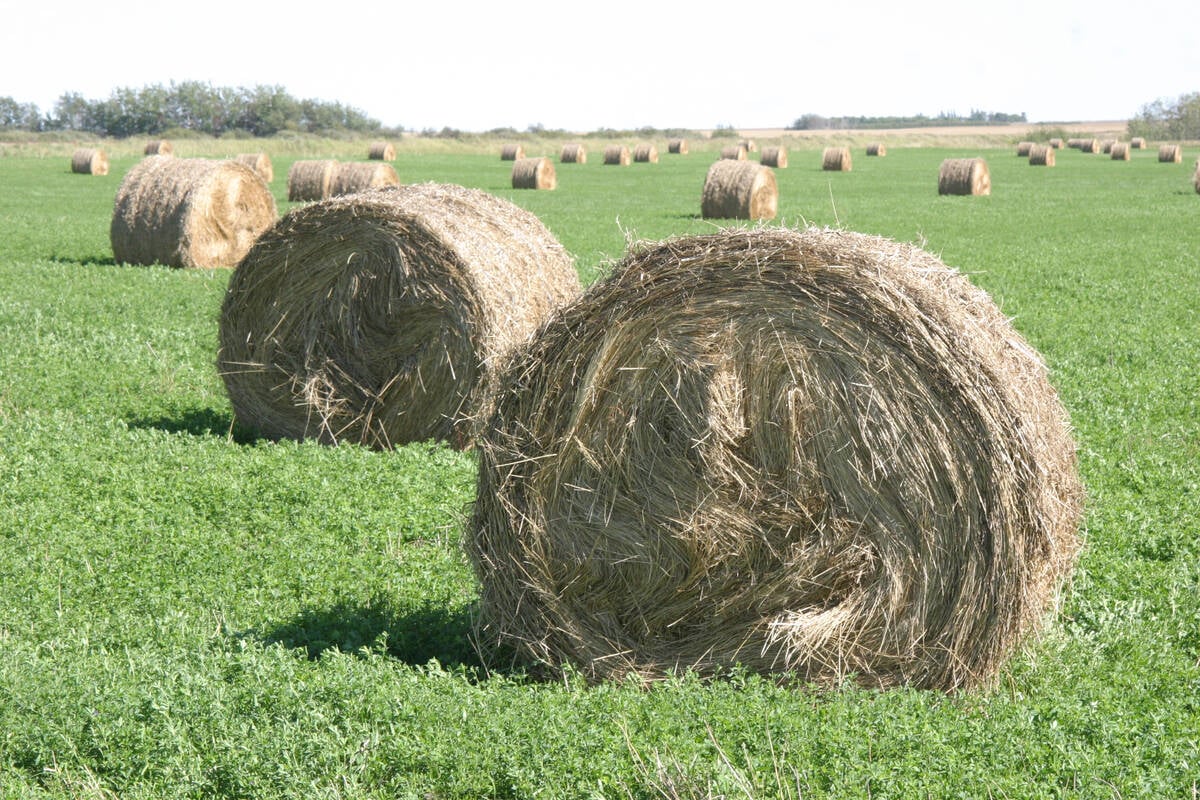By using linear measurements, producers can select the ideal cattle for a grass-fed production system, said one of the speakers at this winter’s Manitoba Grazing School in Brandon.
Gearld Fry, co-founder of the Bakewell Reproductive Centre in Arkansas, uses a system of measuring cattle and making correlations between those measurements to determine an animal’s potential to perform well on grass.
“If you do it correctly, it will show you where the genetic flaws or strengths of your animal are,” said Fry, described as a self-taught specialist in cattle genetics and reproductive biology.
Read Also

Breaking down successful winter feeding into six steps
It’s that time of year when it is important to start planning for a cow herd’s winter feeding program. Here are six steps I think are necessary to consider when getting your feed tested.
The neck length, rump length and overall body length are among the things that Fry focuses on with linear measurements. Hip height, heart girth and shoulder and rump width are other factors included in his calculations.
“The shoulders are supposed to be the same width as the length of the rump,” he said, citing one of the many examples of the correlations used with linear measuring. “If the shoulders are not, we’ve got a cow that does not convert energy well.
“If a cow is not a minimum of 40 percent as wide as her height, she’s an inferior cow. If the bull is not 44 percent as wide as his height, he’s an inferior bull.”
Fry also emphasized the height of the animal and its shoulder and hip width.
“The cattle that do work well on grass are shorter animals, preferably not more than 50 inches high at the hip. They’ve very much wider at the hip and in the shoulders than the cattle that work well in the grain industry and they’re a lot deeper bodied.”
The idea of using linear measurements is not new. According to information presented at the grazing school, it’s a concept that dates back to the 15th century.
By understanding those measurements, producers can select cattle that are easy to maintain and will also produce greater volumes of beef per carcass, said Fry.
“We found that for every inch the heart girth is smaller in circumference than the length of the animal, you’re giving up 37 pounds of red meat,” he said. “For every inch the heart girth is greater than the length of the animal, then you can add 37 lb.”














